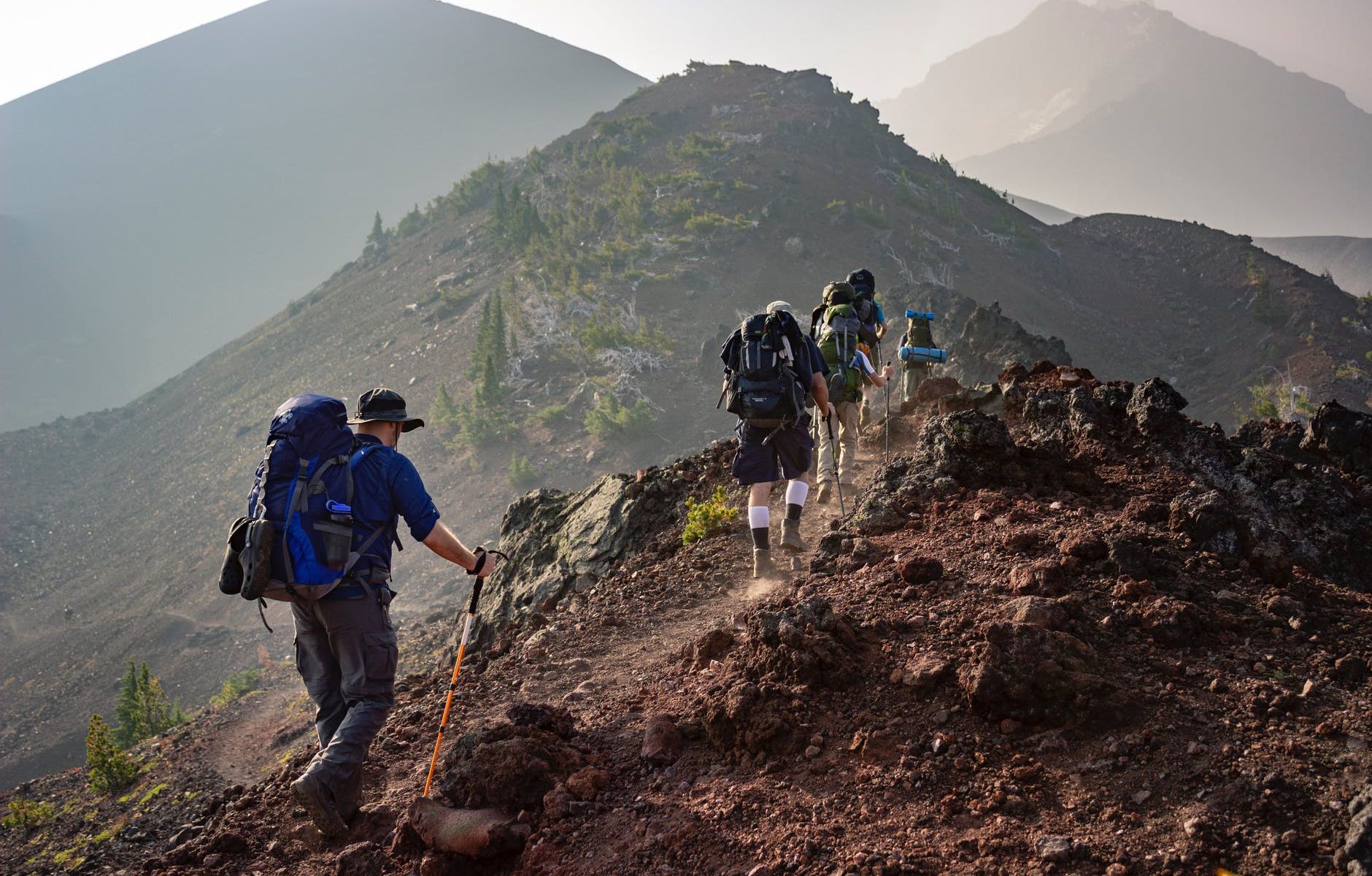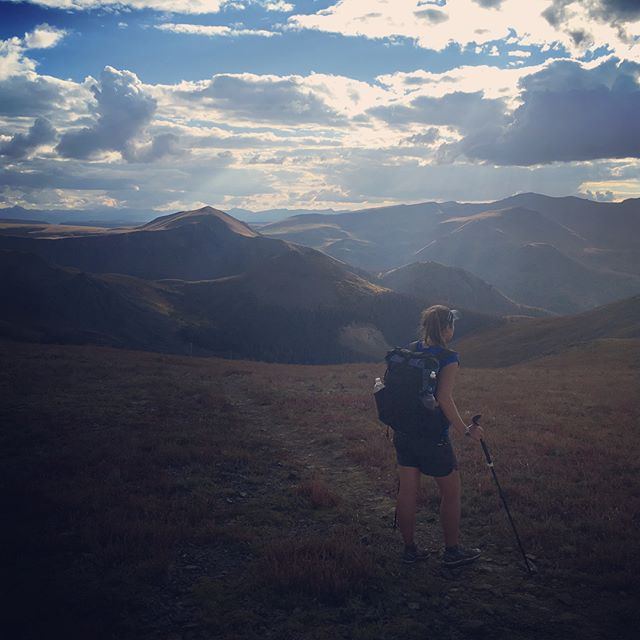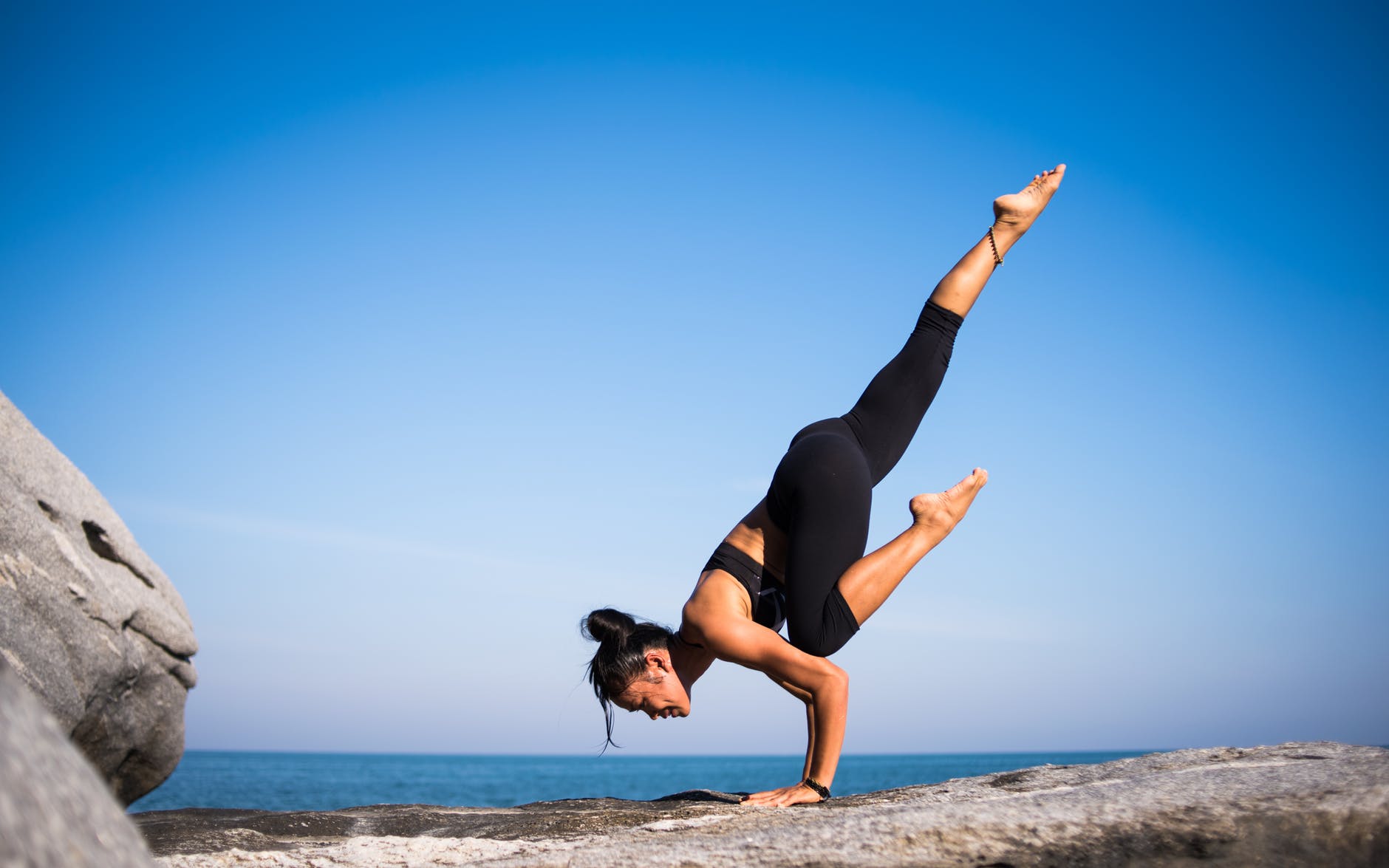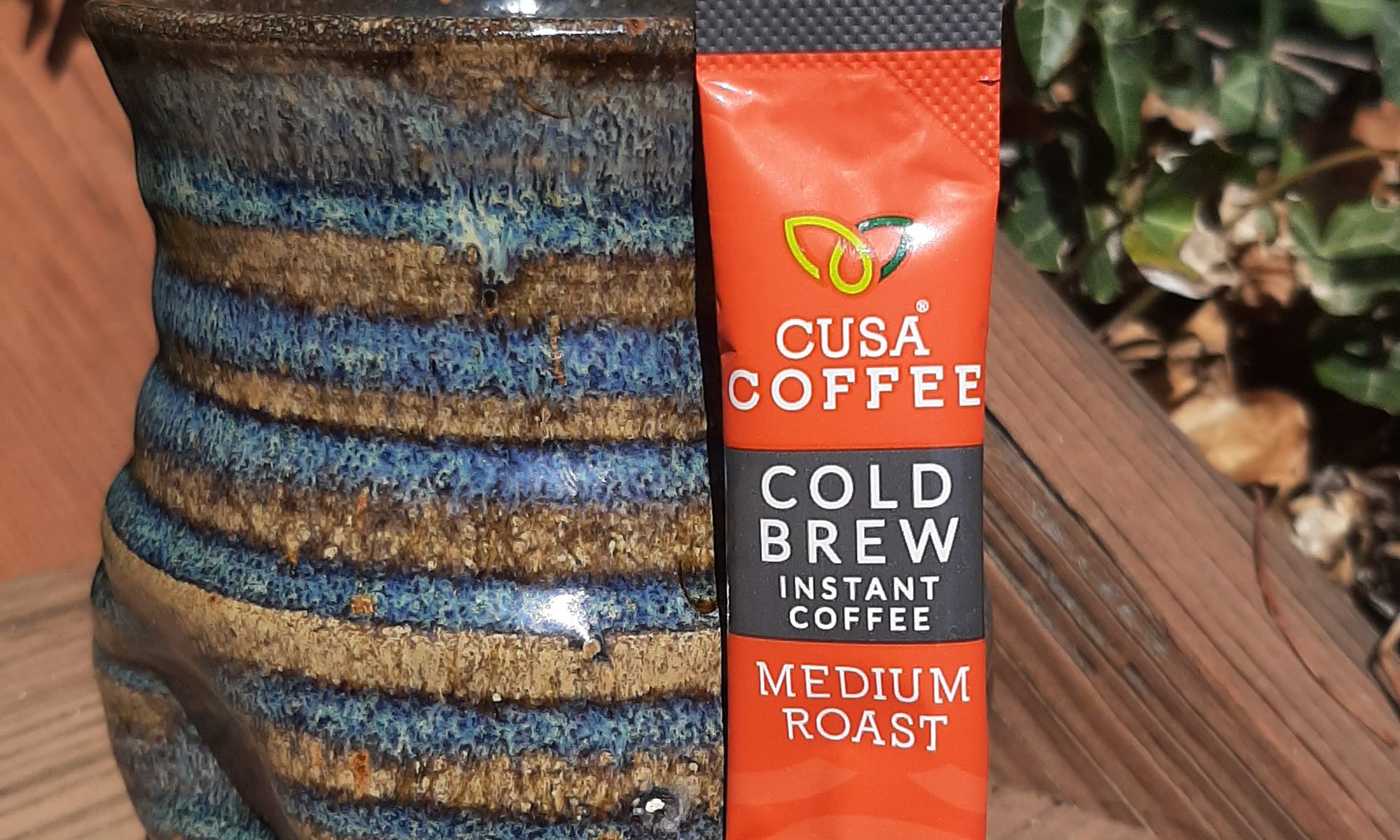Three key changes this client made to return to his high school weight, increase energy, and live a life that’s “off the charts.”
I always find other peoples’ stories inspiring, so this week I want to offer a case study of one of my clients who’s been crushing his health goals in preparation for a challenging autumn hike in Colorado.
Joe is a well educated, high achieving executive in his late 40s with a history of success in many areas of life. He was already in a relatively good place in his health, but wanted to break through a weight loss plateau and reach the next level of what his body could achieve. He was tired of looking in the mirror and feeling disappointed. He was tired of restricting, dieting, and overexercising but not seeing the results. He had adventure plans and was ready to collapse the timeline and finally start feeling good.
Here are the changes we worked on together:
>>Dial in a unique nutrition plan.
There is no one size fits all diet. Finding a sustainable way of eating for you involves finding which foods support health for your body and which don’t. It also involves learning how different macronutrients affect your body.
Joe increased his protein intake to an appropriate level for his age and fitness level. He shifted away from processed foods and into eating more whole foods, which kept him full between meals and balanced his blood sugar and hormones. He got off the restrict and binge cycle and developed a healthier relationship with food and his body (more below on how he did that). He stopped focusing on the weight as much and learned to trust his body.
>>Incorporate lifestyle changes beyond diet.
We evaluated all areas of Joe’s life, including his fitness, sleep, and stress levels. He made changes which reduced how much cortisol he was producing, which was responsible for fatigue, weight gain, and anxiety. Joe began a regular meditation practice and stopped running hard every day. He prioritized sleep and made time to relax, often in nature.
>>Shift mindset + underlying patterns.
Long term results hinge on shifting not just diet and lifestyle habits, but on looking at how you make decisions for your health and why you choose to treat your body the way you do. Joe had a history of disordered eating behaviors. I’ve been there and I know how frustrating it is to know the decisions you want to make for yourself but to not follow through.
Once he was on a whole food nutrition plan that satiated him and supported his physiology, we could address the mindset and triggers that were keeping him from hitting his goals. Restriction, skipping meals, and stress are common scenarios that lead to binges. He learned other forms of emotional coping. He learned to slow down so that he could hear the feedback from his body. He learned to tune into what his body needed and to trust it.
All of this was incorporated in a way that fit Joe’s life and supported the creation of new habits.
In summary, cookie cutter strategies don’t work.
Joe was able to achieve the health he was after by customizing his diet for his unique needs, adjusting his macronutrient ratios, tuning into his body, reducing cortisol through lifestyle changes, and by removing the beliefs and triggers that were keeping him in a cycle of self sabotage.
Hopefully this inspires you to know that you can have the health, the body, and the adventurous life you desire at any stage and age of life. It takes strategy + mindset shifts, but it’s absolutely possible!
Ready to take the next step towards a healthier you? Schedule a complimentary Health Made Simple Strategy Call to see if we’re a good fit to work together.
We’ll discuss your health aspirations and a potential plan for how to move you closer to those goals. We’ll see if we’re a good client-coach fit and you’ll come away with clarity on next steps, whether or not we decide to work together. Why wait another day to have a healthy body so you can have more energy to go on that dream trip?
Related Posts:
How to Optimize Sports Recovery










